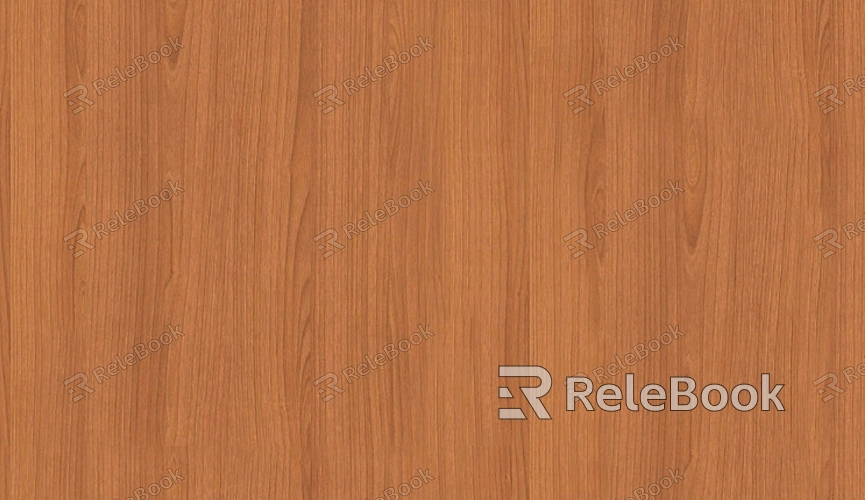How to Add Texture Maps to Substance?

Understanding Texture Maps and Substance
Before diving into the specifics, it's important to understand what texture maps are and how they interact with Substances. Texture maps are images used to add surface detail to 3D models, providing attributes such as color, bumpiness, and specularity. Common types of texture maps include Diffuse (or Albedo), Normal, Specular, Roughness, and Displacement maps.
Substance is a suite of tools by Adobe that includes Substance Designer, Substance Painter, and Substance Sampler. These tools are designed to help artists create and apply textures with precision. In Substance Painter, for instance, you can paint directly onto your 3D models, while Substance Designer allows for the creation of complex material graphs.
Preparing Your Texture Maps
Before importing your texture maps into Substance, ensure that they are prepared correctly. High-quality texture maps should be well-aligned, appropriately sized, and free of artifacts. Common practices include:
1. Resolution: Use high-resolution images (e.g., 2048x2048 or higher) to ensure that your textures are clear and detailed.
2. Format: Save texture maps in widely supported formats such as PNG or TIFF.
3. Naming: Name your files descriptively to avoid confusion later (e.g., "wood_diffuse.png", "metal_normal.png").

Importing Texture Maps into Substance Painter
To start using your texture maps in Substance Painter, follow these steps:
1. Open Substance Painter: Launch the Substance Painter application.
2. Create a New Project: Click on "File" > "New" to start a new project. Select your 3D model by importing it through the "Select" button in the "Mesh" section.
3. Add Texture Maps: Once your model is imported, navigate to the "Texture Set Settings" panel on the right. Here, you will find options to add texture maps. Click on the "Add" button under the relevant channel (e.g., Albedo, Normal).
4. Load Your Textures: In the file browser, locate and select your texture map files. Substance Painter will automatically apply these maps to the appropriate channels.
Adjusting and Fine-Tuning Textures
After importing your textures, you might need to adjust and fine-tune them for optimal results:
1. Adjust UV Mapping: Ensure that your model's UV mapping aligns correctly with your texture maps. In Substance Painter, you can check UV seams and adjust them as needed.
2. Edit Textures: Use the built-in tools to tweak your textures. You can modify color values, adjust normal map intensities, or change roughness settings.
3. Preview: Use the real-time preview feature to see how the textures interact with different lighting conditions and materials.
Exporting Textures for Use in Other Applications
Once you’re satisfied with how your textures look, you may want to export them for use in other software or engines. To do this:
1. Open the Export Dialog: Go to "File" > "Export Textures".
2. Select Output Template: Choose the appropriate output template based on your target application (e.g., Unreal Engine, Unity).
3. Configure Settings: Adjust export settings such as resolution and format. Ensure that the output path is correctly set.
4. Export: Click "Export" to save the texture maps to your chosen location.
Troubleshooting Common Issues
If you encounter problems during the texturing process, here are some common issues and solutions:
1. Textures Not Appearing Correctly: Ensure that your UV mapping is correct and that the texture maps are properly aligned. Check for any errors or misalignments.
2. Performance Issues: If Substance Painter is running slowly, try reducing the texture resolution or optimizing your model’s complexity.
3. Artifact Issues: Inspect your texture maps for any artifacts or errors and correct them in an image editing program if needed.
FAQ
What is the difference between Diffuse and Albedo maps?
Diffuse maps (also known as Albedo maps) provide the color information of a surface. Albedo maps are more accurate and are used in physically based rendering (PBR) workflows, while Diffuse maps can include additional information like shadows or color variations.
Can I use Substance textures in other 3D applications?
Yes, Substance textures can be exported in formats compatible with various 3D applications and game engines, such as Unreal Engine, Unity, and Blender.
How can I create my texture maps?
You can create texture maps using image editing software like Adobe Photoshop or Substance Designer. Additionally, Substance Painter allows for painting directly on your 3D models to create custom textures.
What should I do if my texture maps are not showing up correctly in Substance Painter?
Ensure that the texture maps are properly imported and assigned to the correct channels. Check the UV mapping of your model and verify that the textures are correctly aligned.

